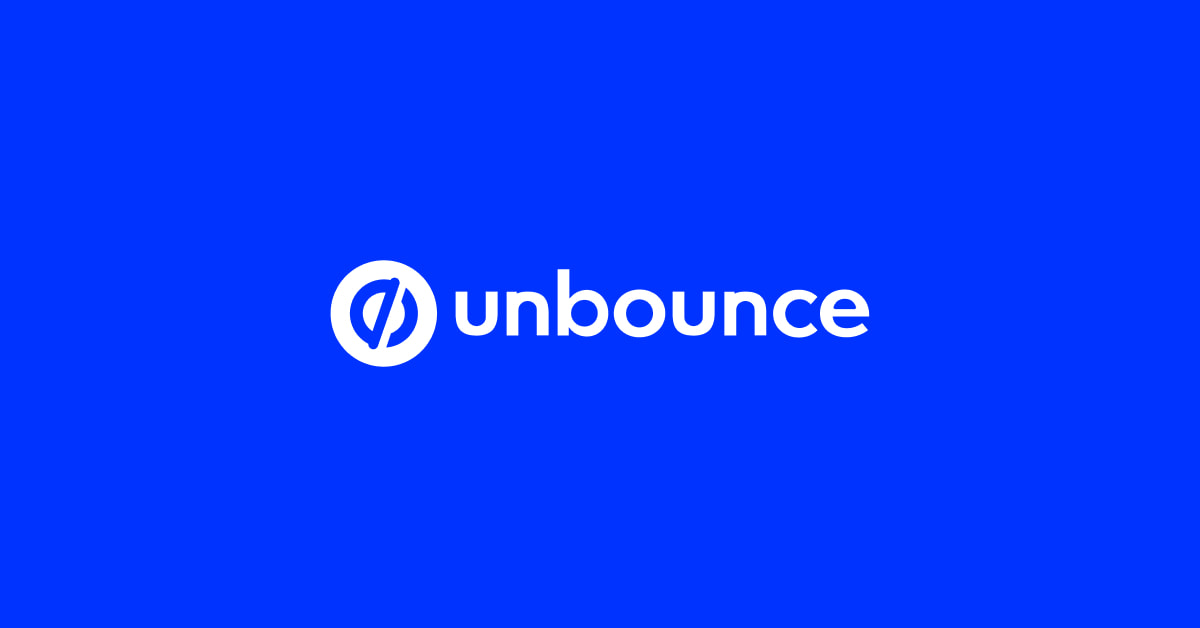Are you interested in mastering the utilization of WordPress block patterns for your website?
In today’s digital landscape, the ability to create stunning websites efficiently is paramount. With the introduction of WordPress block patterns, website design has taken a significant leap forward. These patterns, first introduced in WordPress 5.5, have transformed the Gutenberg editor into a full-fledged page builder, empowering users to build complex websites with minimal time, effort, and technical expertise.
Table of Contents
What are WordPress Block Patterns?
WordPress block patterns are predefined layouts made up of WordPress blocks. They allow users to easily insert complex content structures into their posts or pages with just a few clicks. With block patterns, users can create anything from stylish headers to engaging call-to-action sections without needing to design each element individually.
The inception of block patterns marked a turning point in WordPress development, bringing the platform closer to the capabilities of dedicated page builders. Now, users can achieve sophisticated layouts without relying on third-party plugins or custom coding.
Exploring Block Patterns vs Synced Patterns
Block Patterns and Synced Patterns serve distinct purposes in the WordPress ecosystem:
- Block Patterns: Block patterns are pre-designed layouts or configurations of blocks within the WordPress block editor. They offer users a quick and convenient way to create visually appealing content without the need for extensive design or coding skills. These patterns are available within the editor and can be easily inserted into posts or pages, providing users with a variety of layout options to choose from.
- Synced Patterns: Synced patterns, on the other hand, refer to patterns that are synchronized across multiple WordPress sites. This feature allows users to create a pattern on one site and have it automatically synced and available for use on other connected sites. Synced patterns are particularly useful for maintaining consistency and efficiency across multiple sites within a network, as any updates made to a synced pattern will be reflected on all connected sites.
The Benefits of WordPress Block Patterns
WordPress block patterns offer several benefits for users, making content creation more efficient and visually appealing:
- Streamlined Content Creation: Block patterns provide pre-designed layouts for various content types, eliminating the need for manual design and layout work.
- Consistent Design: They ensure consistency in design across different pages and posts on a website, maintaining a cohesive look and feel.
- Time-Saving: By utilizing pre-made patterns, users can save time that would otherwise be spent on designing and formatting content from scratch.
- Enhanced Creativity: Block patterns offer a starting point for creativity, allowing users to customize and modify them to suit their specific needs and preferences.
- Improved User Experience: With well-designed block patterns, users can create visually engaging and easy-to-navigate content, enhancing the overall user experience.
- Accessibility: Patterns can be designed with accessibility in mind, ensuring that content is usable and understandable for all visitors, regardless of their abilities.
- Consistent Branding: Organizations can use block patterns to maintain consistent branding across their website, reinforcing their identity and messaging.
- Community Contribution: The WordPress community contributes to a growing library of block patterns, providing users with a diverse range of options to choose from.
Additionally, block patterns contribute to the professional appearance of websites. With access to a vast library of pre-made layouts, users can achieve polished designs without the need for extensive design skills or hiring a professional designer.
Furthermore, block patterns promote reusability and customization. Users can save frequently used patterns and customize them to suit their specific needs. This flexibility allows for greater creativity and ensures consistency across different sections of a website.
WordPress Block Pattern Categories
WordPress block patterns are organized into various categories, each serving specific purposes. These categories include Headers, Text, Call to Action, Gallery, and Posts, among others. Let’s explore some examples and use cases for each category:
- Headers: Ideal for creating visually appealing top sections of websites, complete with logos, navigation menus, and search buttons.
- Text: Perfect for organizing textual content with paragraphs, media, and other elements.
- Call to Action: Designed to grab visitors’ attention and prompt specific actions, such as signing up for a service or purchasing a product.
- Gallery: Enables the quick creation of engaging portfolios or image galleries.
- Posts: Facilitates the display of blog posts or WooCommerce products with customizable layouts.
By categorizing block patterns, WordPress provides users with a structured approach to designing their websites, ensuring coherence and consistency throughout.
How to Utilize WordPress Block Patterns
Utilizing WordPress block patterns is straightforward and intuitive. Users can access and insert block patterns directly from the WordPress editor, with options to customize layouts and content as needed. Let’s walk through the process step by step:
- Open the WordPress editor and click on the Toggle block inserter → Patterns.
- Browse through the available categories to find the desired block pattern.
- Click on the pattern to insert it into the page or post.
- Customize the content and layout of the pattern using the options available in the editor.
- Repeat the process to add additional block patterns as needed.
By following these steps, users can leverage the power of block patterns to create dynamic and engaging website layouts effortlessly.
Finding More Block Patterns for Your WordPress Site
In addition to the default block patterns available in WordPress, users can explore additional sources to discover a wide range of block patterns. These include:
- PatternsWP: WordPress Block Patterns Library Plugin – offers an extensive library of beautiful, ready-to-go block pattern layouts to any WordPress site with a simple click.
- The WordPress Pattern Directory: A free block library where users can find and share block patterns across the WordPress community.
- WordPress Themes: Many WordPress themes come with their own custom block patterns, allowing users to access patterns that match the theme’s aesthetic.
- WordPress Plugins: Several plugins offer extensive libraries of block patterns, providing users with even more options for designing their websites.
By exploring these sources, users can expand their repertoire of block patterns and enhance the visual appeal of their WordPress sites.
Creating Custom WordPress Block Patterns
While pre-made block patterns offer convenience and flexibility, users may occasionally need to create custom patterns to meet specific design requirements. Fortunately, WordPress provides several methods for creating custom block patterns without the need for coding:
- Using the Block Editor: Users can create custom block patterns directly within the WordPress editor by selecting the desired blocks and saving them as a pattern.
- Pattern Library: Alternatively, users can create custom block patterns using the Pattern Library, a feature-rich editor that allows for more advanced customization options.
- Manual Creation: For users comfortable with coding, custom block patterns can be manually created by adding code to the functions.php file of the WordPress theme.
By leveraging these methods, users can unleash their creativity and design unique block patterns tailored to their specific needs.
Managing Block Patterns: Export, Import, and Removal
Managing block patterns across multiple WordPress sites is made easy with the ability to export, import, and remove patterns as needed. Users can export custom block patterns as JSON files and import them into other WordPress sites, ensuring consistency and efficiency in their design workflow. Additionally, unwanted block patterns can be removed using simple code snippets or by utilizing WordPress’s built-in functionality.
By effectively managing block patterns, users can streamline their design process and maintain coherence across their WordPress sites.
Conclusion
WordPress block patterns represent a paradigm shift in website design, offering users a powerful tool for creating dynamic and engaging layouts with ease. By understanding the various aspects of block patterns, from their inception to their utilization and management, users can unlock the full potential of WordPress as a versatile content management system. Whether you’re a seasoned developer or a novice user, embracing block patterns can revolutionize your approach to website design and propel your online presence to new heights.


